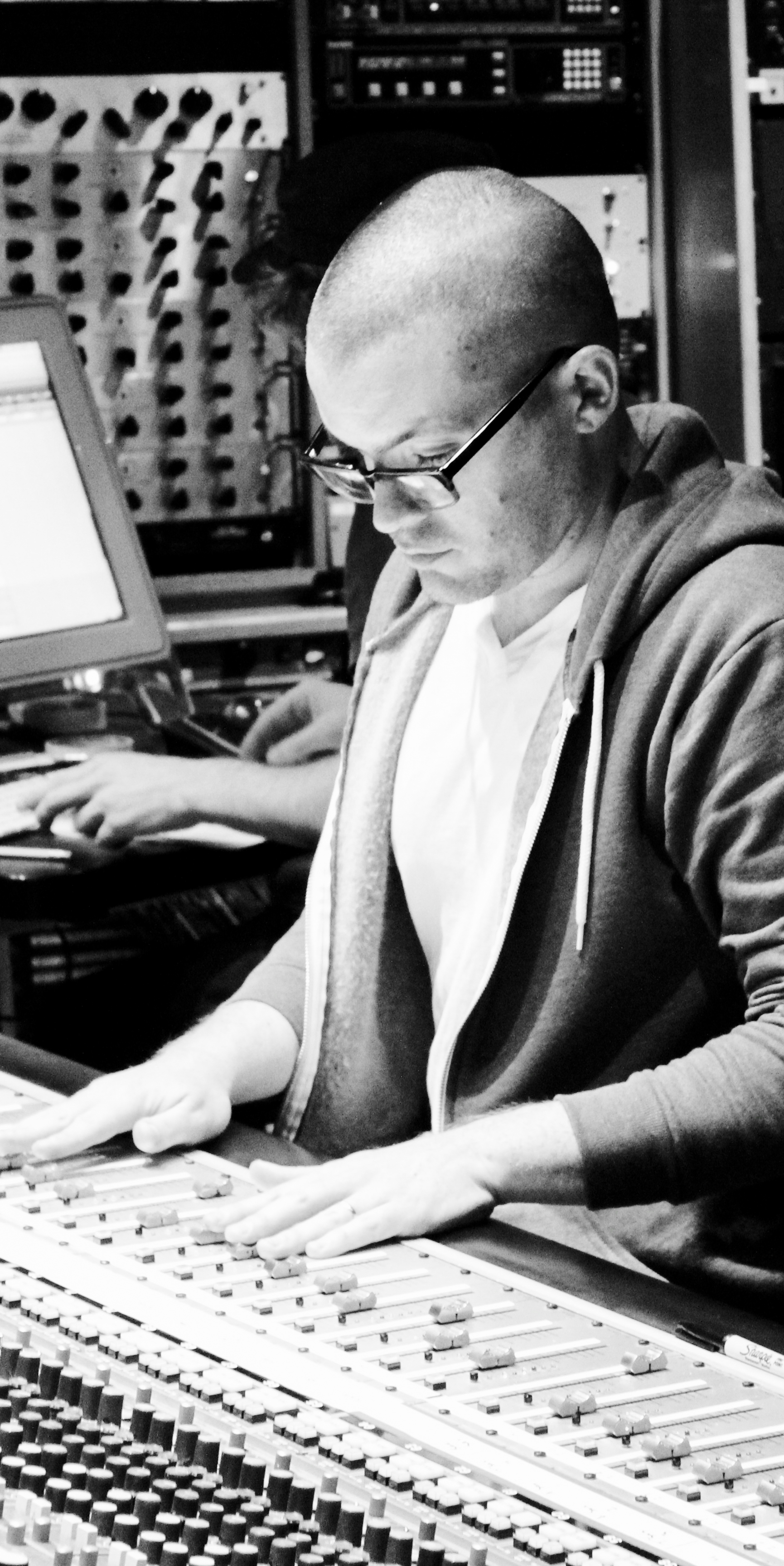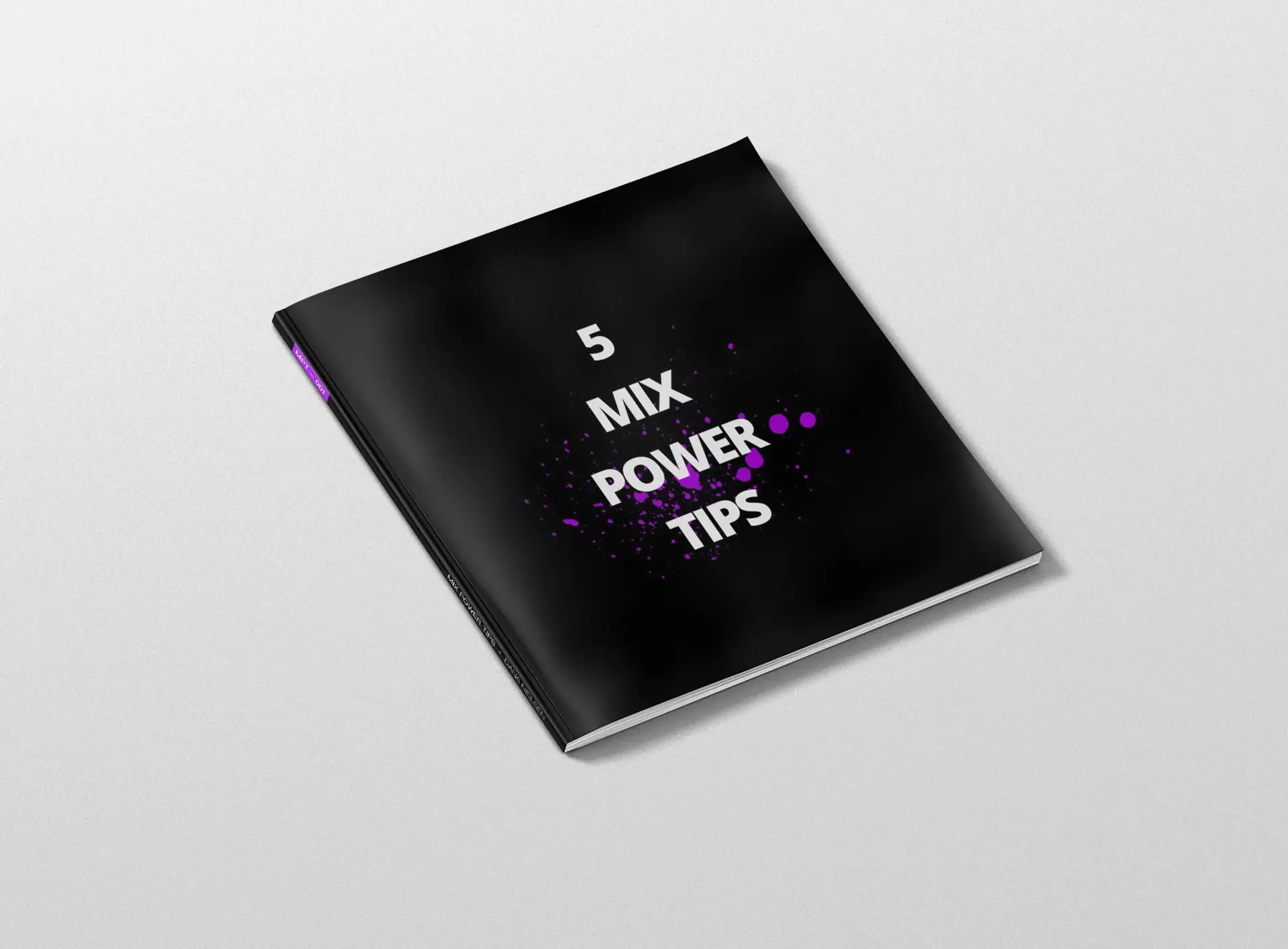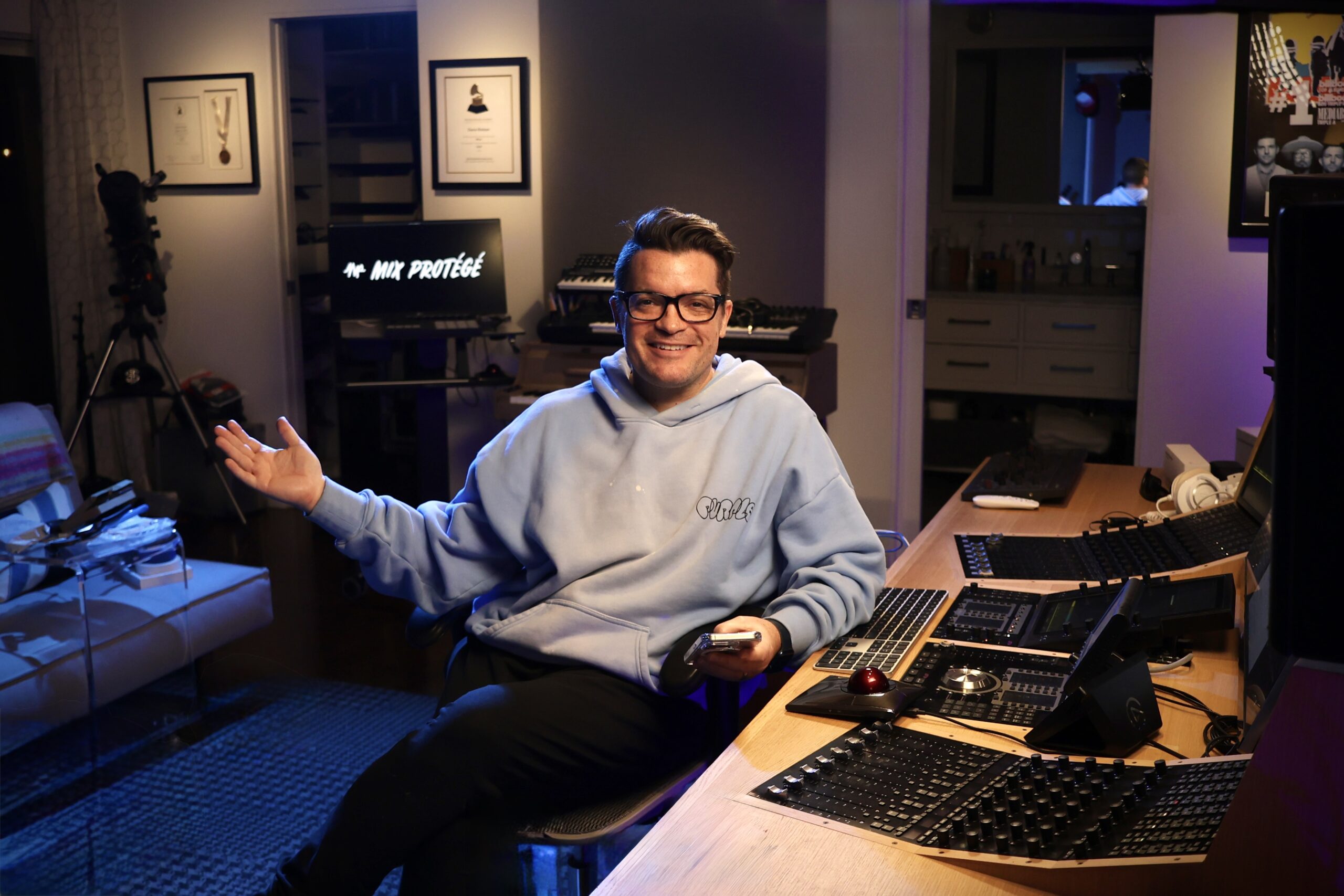
Dana Nielsen
MemberForum Replies Created
-
@Bigchrizzle! Welcome to the Member Spotlight, and thanks for sharing! Here are my initial thoughts on first listen:
- Overall this sounds bumpin! Love the way you’ve mixed the track (is this your production as well? Super cool!). Kick and bass are so beefy! Love it.
- Intro vocal sounds awesome, great level, eq, swirly fx. As the track starts and this intro vocal starts I’m all in, loving everything 100%! All the rest of my thoughts about the mix, after the intro, are vocal related. All easy stuff too and I’ll list them below:
- In general, after the intro vocal, the rest of the vocals feel too loud to me, starting at 0:26. I would use the intro vocal/track balance as your blueprint for the rest of the song. If you get the rest of the vocals in the song to sit in the track at the same level as your intro vocal sits in the track you’ll be good! Certain sections currently feel extra loud, like the V2 “I don’t need a boat” section just as an example
- Overall the lead vocals could really use a hi-pass filter or similar EQ to reduce body and proximity effects. 0:19 “deep flowin’ river” is a good example where u can hear proximity effects or wind on the mic capsule that pull me out of the magic of the mix. I think if you try a hi-pass on all the lead vocals around, say, 70Hz or even higher, you’ll clear up the listener’s spacial perspective, sitting the vocal “further back” into the track (once vocal low end is shelved or cut in this way it makes the vocal sound farther away – more ‘on a stage with the band’ as opposed to ‘talking closely into your ear’)
- Try some reverb on the chorus vocals. Could be cool! In general there are great opportunities here for either a) more verb on the vocals across the board, and/or b) reverb/delay “throws” where u automate the vocal send to the verb/delay to punctuate certain words in the lyrics.
- Rap verse vocal feels dark — hype that sh*t up!
- Love hearing your shoutouts from the artist at the end!!! 🙌
It’s so close man!! And great work!! I bet if you load up your favorite sounding, similar vibe/tempo pop r&b mix on spotify and reference it while you work, you’ll find all the vocal level / tone inspiration you need! And keep us posted man!! ⚡️
-
Thanks so much for listening and for the kind words, fam!! 💜⚡️
-
AG FLUX! Love this, man! Thanks for sharing with us all 🙌
Here are my initial reactions:
- The autopanning on the Rhodes feels too extreme to me – like, it’s kinda fun and trippy in the intro when it’s the only instrument, but after that the “depth” of the panning kept distracting me from the vocal and it was all I could focus on haha. I would try a few things: 1) keep some of the rhodes fixed at center pan while a lesser amount of it swirls L/R (u could achieve this via parallel processing or blend knob on the autopanner, or put the pan plugin on a send so u still get a fair amount of “dry” centered rhodes. 2) slow the pan frequency so it’s less franetic, more washy, oozy-doozy. 3) make the rhodes more dark/lo-fi so it competes less against the vocals and becomes more textural than featured. The filtering could be automated too if u want, so instead of “rhodes on” and “rhodes off” you could have “rhodes filter-morphing” as a 3rd option. I tend to automate the stock Avid “kill filter” or the Soundtoys FilterFreak for this type of thing, but there are tons of options out there.
- Turn up those vocals! And they could use a bit of hype and hi pass. Here’s a tip that feels like cheating: drop a Waves CLA Vocals plugin on the insert, load up the “Face to Face Dry” preset, which will sound overboard and too loud but also cool, so then just dial back the output and some of the other bells and whistles on that plugin to taste. I’m all about knowing (and teaching) how to achieve a polished, hype, hifi vocal sound from scratch. But if you’ve downloaded my 5 Mix Power Tips you’ll also be familiar with my “don’t be snobby” tip lol. I used to scoff at those all-in-one Waves things. And while they do look hideous 😂, and do kinda feel like cheating 🤫, there are some great go-to settings and presets in some of them that I’ll turn to for a quick fix.
- Love the kick – feels great
- Could smash up the master bus a bit more – not distorted, but louder and more aggressive. Try some harmonic console bus plugins on your master and see what sounds cool. Waves NLS and Softube Console1 are a couple go-tos of mine. And then check out the limiter vid I posted on @JLEW‘s recent discussion and see how far you can comfortably crank that mix. https://mixprotege.com/forums/discussion/limiter-mastering-question-please-advise/
Great stuff, Alex! Looking forward to reading thoughts from others in the community and hearing how your mix progresses!
-
Groovy AF with those Bonham drums!! And love the vocal harmonies and punky thrashy guitars – nice man! My main thought was: when’s the bass gonna come in?! I was waiting for it to all the sudden arrive in the arrangement and punch me right in the gut! Do you have plans for bass on this track? I couldn’t help imagining 808 bass for this .. the way it might contrast the “guitar rock/Bonham” vibes in a fun way … kinda like other groups have pulled off well, such as Sleigh Bells or Rattatat. 🔥. Very cool!
-
Great question (as always), @JLEW! Here’s a video I made in response, which includes some answers to your questions as well as some tips that might be helpful when evaluating the “sound” of limiters like these. Lemme know what ya think! And can’t wait to hear what you’ve been limiting lately!! 💜⚡️
-
Michael! Awesome work, man!! Fun song too. Here are my initial impressions/ideas:
- the harmonic distortion on lead vocal catches my ear. I’m assuming it’s a deliberate choice, but I’d opt for a more polished pop vocal sound, personally. You could always use vocal distortion in a more aggro/obvious way in certain spots for greater contrast. That way, instead of the listener (me) wondering “hmm.. is that saturation on the vocal a mistake?”, there will be no question. I’d be like, “oh snap! He put the lead vocal through a high gain amp for the chorus punchline there! Daaaamn!”
- I’d love to hear more bass guitar “note.” The low end from the bass is nice, but u could try some snarly Ampeg SVT-style grind on the bass to add some note clarity. I think more bass guitar level overall would be great (but not necessarily more low end from the bass – just midrange punch and clarity)
- When I listened in the car (happened to be driving when you posted this) I was losing the lead vocal in the wash of guitars at times, esp in the choruses, and especially the chorus punchline “leave me the f alone”. I didn’t realize that’s what she was saying until the final chorus! Maybe that punchline is a good candidate for the more aggro distortion idea – maybe as a parallel process so u still get clean pop vocal punchline as well?
Anyway, incredible work, @Michael, and thanks so much for sharing this with us!! 🙌🤓
As always, take my thoughts with a grain of salt. I look fwd to reading additional ideas and high fives from others here in the forum! And feel free to follow up in this thread by “Replying” with a new mix revision (or a Spotify link when it’s out 😉)
-
Haha – bravo, Paul – love this! Is that you singing?? 🙌 Great BGVs and high falsetto .. and tuba! I look fwd to hearing this in the studio (I’m on my laptop at the moment). I was not around for the Beatles’ debut performance and don’t have an appropriate wig, but hope I can still be considered a fan of theirs somehow lol.
-
Very cool, Paul, and interesting to hear all these subtle variations. And thank YOU ALL for weighing in with such great feedback for Michael!
@Michael – keep us posted on how this mix is coming along! 🤘
-
-
Look at this fantastic decent human right here!! ⚡️💜🙌
-
Good points, Paul!
My hope is that the Member Spotlight will continue to be a safe, encouraging, gentle space for constructive comments, ideas, and high fives, with the overarching caveat that the work belongs to the submitting member and it is their choice alone to “take it or leave it” any advice or thoughtful comments from other members.
…. plus the additional overarching caveat that we’re all figuring out this member spotlight space together as we go 😂💜.
When submitting to the Spotlight we can also feel free to clarify our interests and expectations if helpful. Are we sharing here to celebrate a finished piece (i.e. high fives only🫸 ✋), or seeking mix/production advice, songwriting/arranging advice, or something else? No wrong answers here – just food for thought!
🎚️♾️
-
Hahahaha – Dana “Pavarotti” Nielsen here at your service! And love that @phillipbroussard had similar feedback. Can’t wait to hear your latest updates to the piece!
-
Pride?? What’s that? 😂. Awesome, man, thanks for sharing the added context. Lookin’ fwd to hearing the full-length with vocals!
-
Yes!! Love this sense of place imagery, Alex!!
And, it’s interesting you mention additional vocal — I had the same thought, tho didn’t mention it in my previous post, that it would sound cool with a (female?) vocalist singing the lyrics in the background while @JLEW is speaking them. 💜
-
I can’t wait to hear the new “stereo super-solo”!!!! ⚡️



